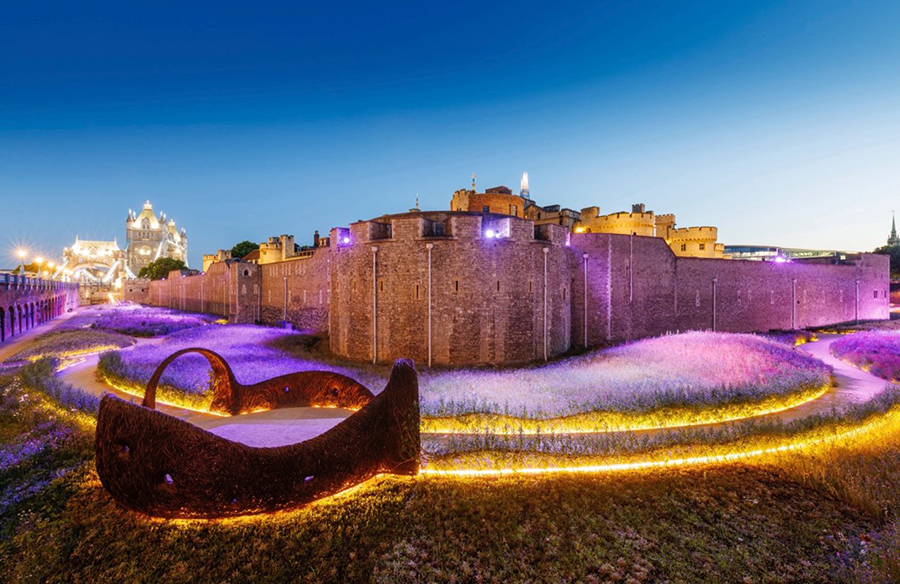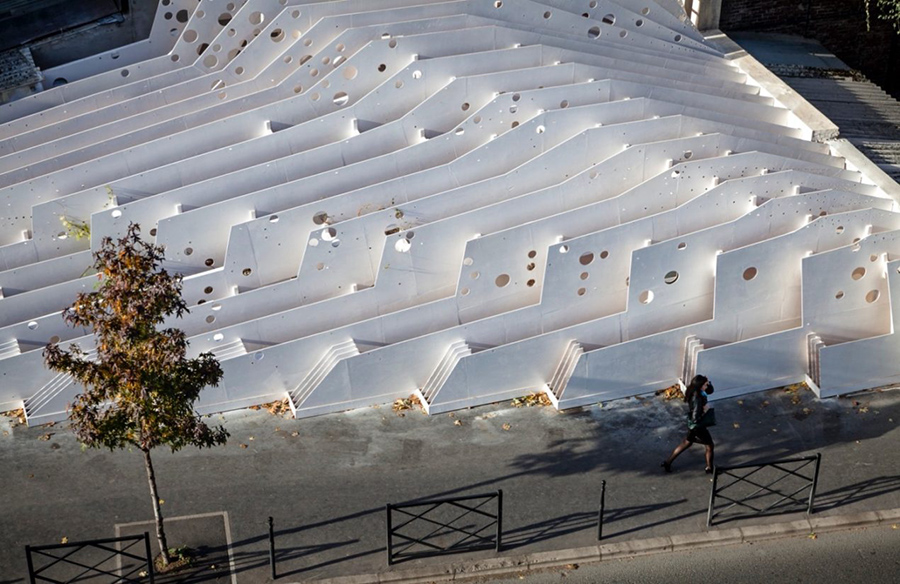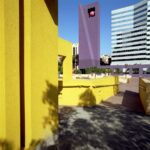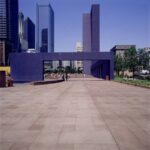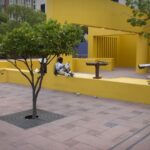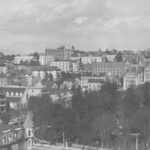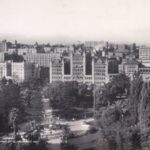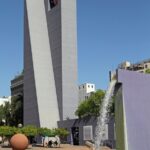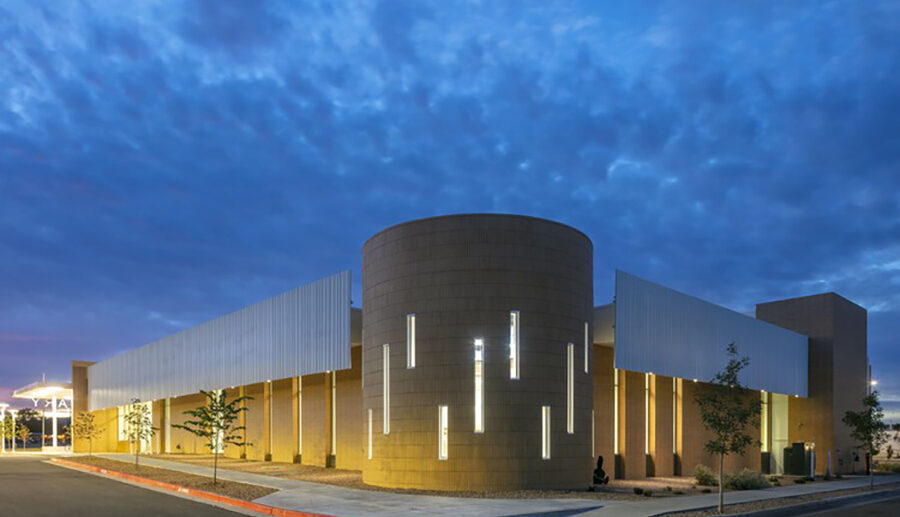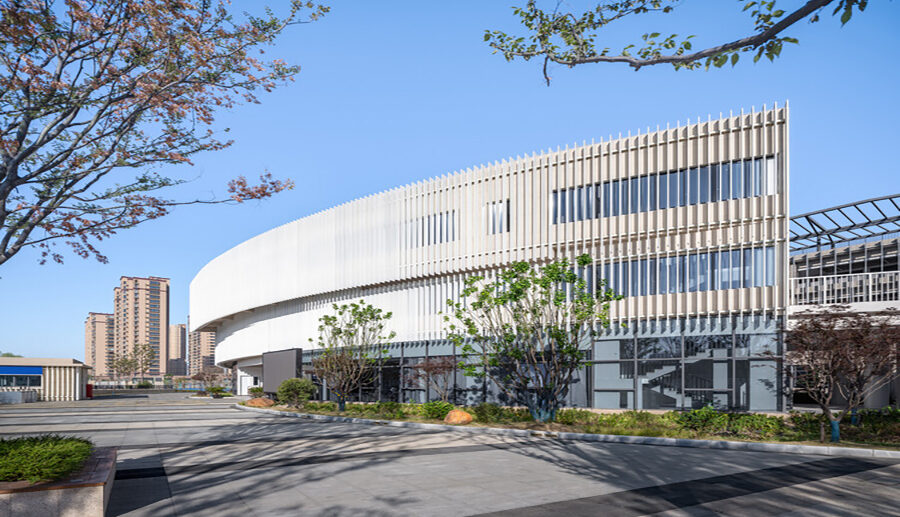Reinventing Pershing Square: A Legacy of Urban Transformation

A Historic Journey
Pershing Square, the oldest park in Los Angeles, has witnessed numerous transformations throughout its rich history. Originating from a Spanish land grant in 1781, the park evolved from an informal campground to a bustling urban oasis. Over the years, it has reflected the dynamic shifts in urban development and societal trends, embodying the spirit of the city’s evolution.
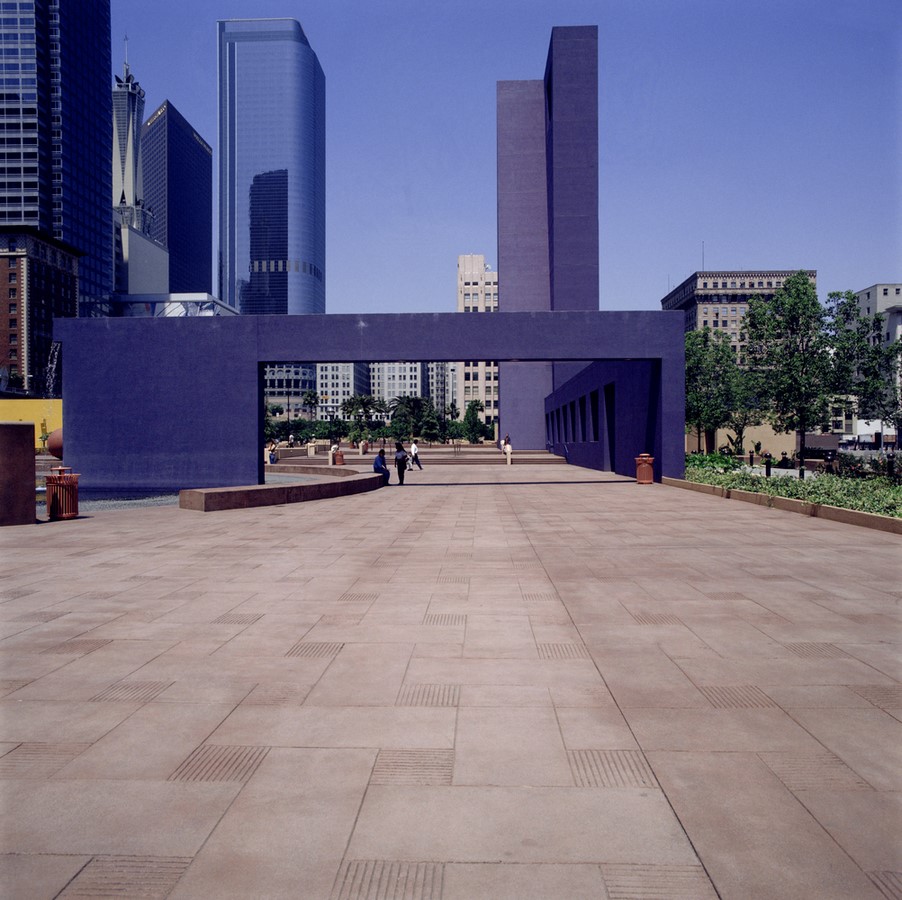
A Bold Design Statement
In 1994, Mexican architect Ricardo Legorreta and landscape architect Laurie Olin, alongside artist Barbara McCarren, unveiled a groundbreaking redesign of Pershing Square. Their vision, characterized by vibrant colors, geometric shapes, and cultural references, marked a departure from traditional park designs. Despite facing criticism, their creation boldly asserted the potential of urban public spaces in Los Angeles.
Reflecting Local History and Culture
Legorreta and Olin’s design paid homage to Los Angeles’ diverse heritage and landscape. From citrus groves honoring the region’s agricultural legacy to sculptures commemorating pivotal historical moments, every aspect of the park celebrated the city’s identity. The integration of Mexican architectural influences and modernist principles added layers of meaning to Pershing Square, bridging the past with the present.

Challenges and Controversies
However, the park’s redesign was not without its challenges. The presence of an underground parking garage limited access and sparked debates over security and inclusivity. Critics voiced concerns over the park’s clientele, highlighting tensions between different segments of the community. Despite these issues, Pershing Square remained a vital hub of civic life, hosting a myriad of events and gatherings.
A Continual Evolution
As downtown Los Angeles underwent rapid revitalization, Pershing Square adapted to meet the changing needs of its residents and visitors. New amenities, such as food trucks, playgrounds, and cultural events, injected new energy into the park, attracting a diverse array of visitors. Yet, the park’s future remains uncertain as discussions around its redesign continue, balancing commercial interests with public accessibility and community engagement.

Embracing Change
In essence, Pershing Square’s legacy is one of resilience and adaptation. Its constant evolution reflects the ever-changing nature of urban spaces and the ongoing quest to create inclusive and vibrant environments for all. As the city embarks on a new chapter in the park’s history, it remains to be seen how Pershing Square will continue to shape the identity of Los Angeles for generations to come.


